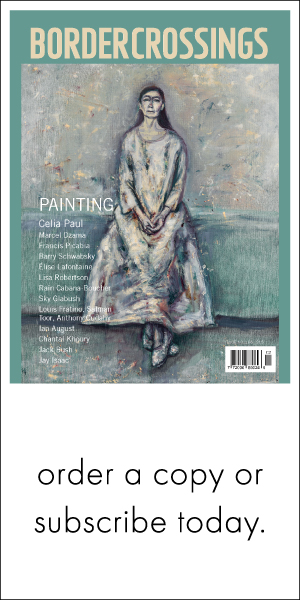Saskatchewan in the 1930s was the setting for human tragedy on a vast scale. People did not have enough to eat. There were 14 deaths from starvation, 78 perished from rickets, 6 died of scurvy, 2 of pellagra and 1 of beriberi, and these were just the deaths reported in the official statistics. Others, no doubt, went unrecorded. Gopher meat appeared on the dinner table—“stewed gopher, canned gopher, gopher pie, smoked gopher, and pickled gopher,” not to mention the “bachelor-friendly fried gopher.” Large swathes of the province were engulfed in dust storms, black blizzards as they were known. Families cowered in their homes for days at a time, doors and windows sealed, lamps kept burning, wet cloths placed over children’s faces so that they could breathe, until finally the storm passed. The affront to human dignity was incalculable. As author Curtis McManus points out in Happyland: A History of the “Dirty Thirties” in Saskatchewan, 1914–1937...
James M. Pitsula is a professor in the Department of History at the University of Regina, and author of For All We Have and Are: Regina and the Experience of the Great War (University of Manitoba Press, 2008).

